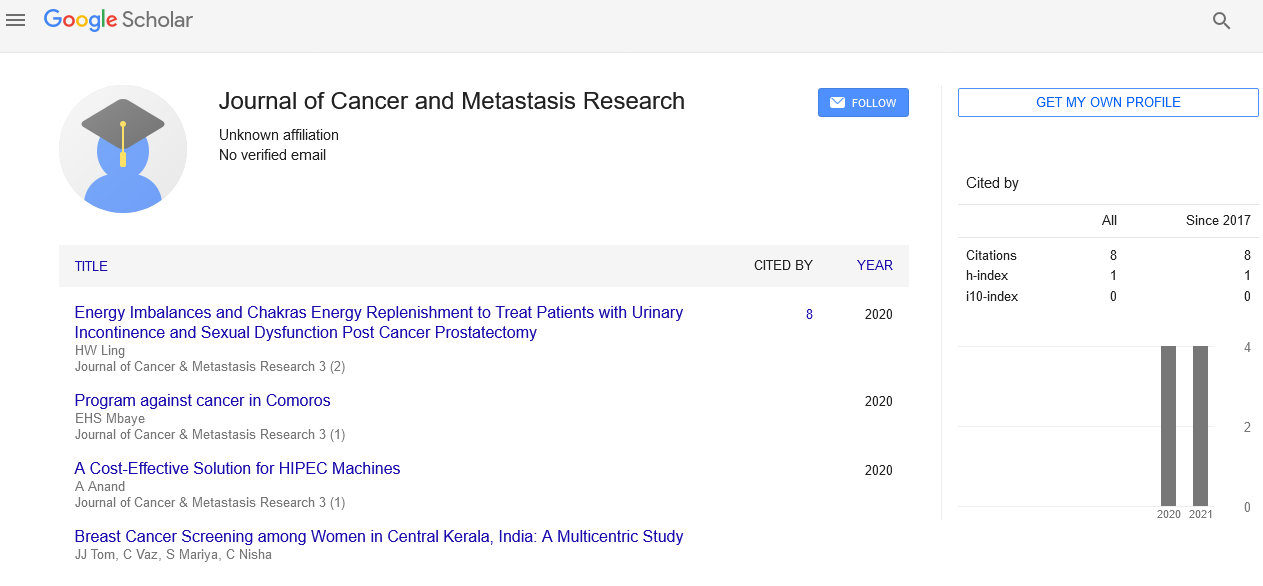
Sign up for email alert when new content gets added: Sign up
Probing the mechanism of action of anti-AML heterocyclic diamidines
Joint Event on 24th International Conference on CANCER RESEARCH AND PHARMACOLOGY & International Congress on STRUCTURAL BIOCHEMISTRY, STEM CELLS AND MOLECULAR BIOLOGY
August 5-6, 2019 | Singapore
Van Ha
Georgia State University, USA
ScientificTracks Abstracts: J Can Res Metastasis
Abstract :
Acute myeloid leukemia (AML) is associated with one of the top mortalities among all the hematologic neoplasms. Chemotherapy or radiotherapy alone, or with stem cell transplantation are current treatment strategies. Due to dose-limiting myelosuppressive toxicity and possible disease relapses after remission by chemotherapy, an urgent AML therapeutic strategy is necessary to diminish the tremendous human tolls of cancer. The ETS-family transcription factor PU.1 plays a tumor suppressive role in many forms of AML and shows depressed activity in leukemogenic stem cells. Recent studies have shown that abolition of the residual PU.1 activity in low-PU.1 AML terminates leukemia in patient cells and a mouse AML model. A small molecules class known as heterocyclic diamidines had been designed and tested out as a target inhibitor of PU.1.
Understanding the physicochemical driving forces that confer high-affinity and selectivity is essential for the development of therapeutic agents. To this end, we are investigating the DNA sequence selectivity of DB1976, one diamidine that shows anti-AML activity in vivo, through its volumetric properties to site-specific and nonspecific binding. Volumetric measurements complement calorimetric studies with more direct insights into hydration and dynamic properties of ligands-DNA interaction. From volumetric measurements, we observed unexpectedly significant differences in volume change upon the formation of DB1976 to each DNA sequences, suggesting correspondingly large differences in hydration or dynamics associated with binding. Using explicit-solvent MD simulation, we detected the terminal base pairs of DNAs undergo transient opening events and confirmed differential dynamics of sequence-dependent DNA manner in both bound and unbound state. This structural feature allows us to correlate the stability of drug-DNA complexes with binding affinity and selectivity. This study suggested that hydration and conformational dynamics play an equally important role as intermolecular contacts in contributing to the mechanism of drug actions.
Biography :
Van Ha graduated from Georgia State University with a Bachelor of Science in Chemistry (biochemistry concentration). She is currently a research assistant in Dr. Gregory Poon’s lab at Georgia State University (GSU). She will start her Master study in Chemistry at GSU in August 2019. She focuses on investigated hydration contributions to DNA selectivity of minor-groove binding ligand by high-precision volumetric measurements; studied the cellular properties of designed DNA-targeting therapeutics in vitro; determined the affinity and thermodynamics of transcription factor/DNA binding.
E-mail: vha2@student.gsu.edu




